How F1 went behind the Iron Curtain – David Tremayne on the early days of the Hungarian Grand Prix

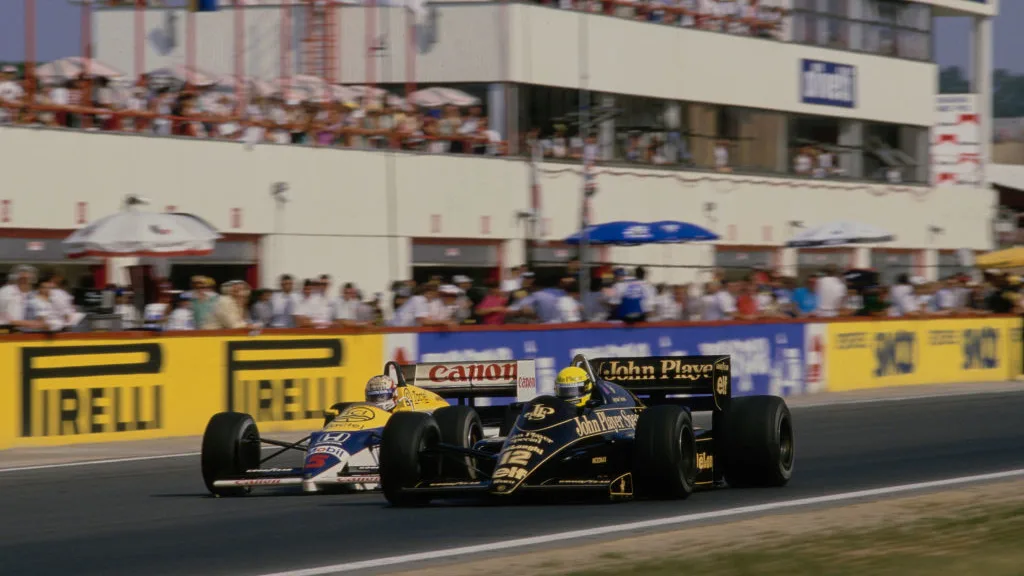
I always think of Budapest as a flower, a city that opened up and blossomed almost before our eyes. I’m sure that was not all down to the horticultural charm of F1, but I reckon the sport played a key role in the way that the world came to look at the place after the early Hungarian races.
A Hungarian Grand Prix was first mooted in 1984, after tentative plans for a Russian GP in Moscow foundered. Bernie Ecclestone was actually flying across Budapest in a helicopter with his friend Tamas Rohonyi on their way back from the abortive trip when, according to Hungarian writer Andrew Frankl, who would himself play a key role in helping to make everything run smoothly, Tamas turned to Bernie and said, “Why not try here?”
Next Up
Related Articles
.webp) Winners & Losers5 Winners and 5 Losers from the 2025 season
Winners & Losers5 Winners and 5 Losers from the 2025 season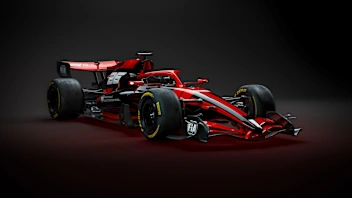 GALLERY: Check out renders of the innovative 2026 car
GALLERY: Check out renders of the innovative 2026 car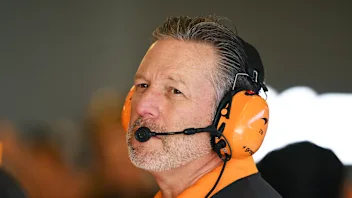 Brown insists McLaren ‘won’t change the way we race’
Brown insists McLaren ‘won’t change the way we race’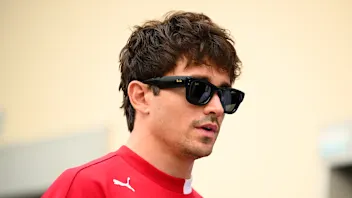 Leclerc calls Ferrari’s focus shift to 2026 a ‘no-brainer’
Leclerc calls Ferrari’s focus shift to 2026 a ‘no-brainer’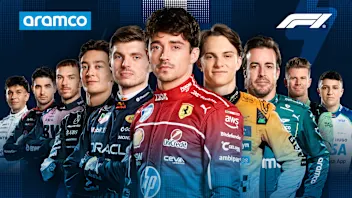 Power RankingsWho did our judges rank as the best F1 driver of 2025?
Power RankingsWho did our judges rank as the best F1 driver of 2025?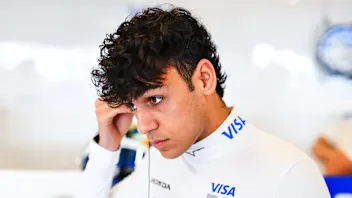 Marko ‘believed in me when others didn’t’ – Lindblad
Marko ‘believed in me when others didn’t’ – Lindblad
